Selection of Connection Methods for Pipe Reducers
2025-06-26 17:06:15
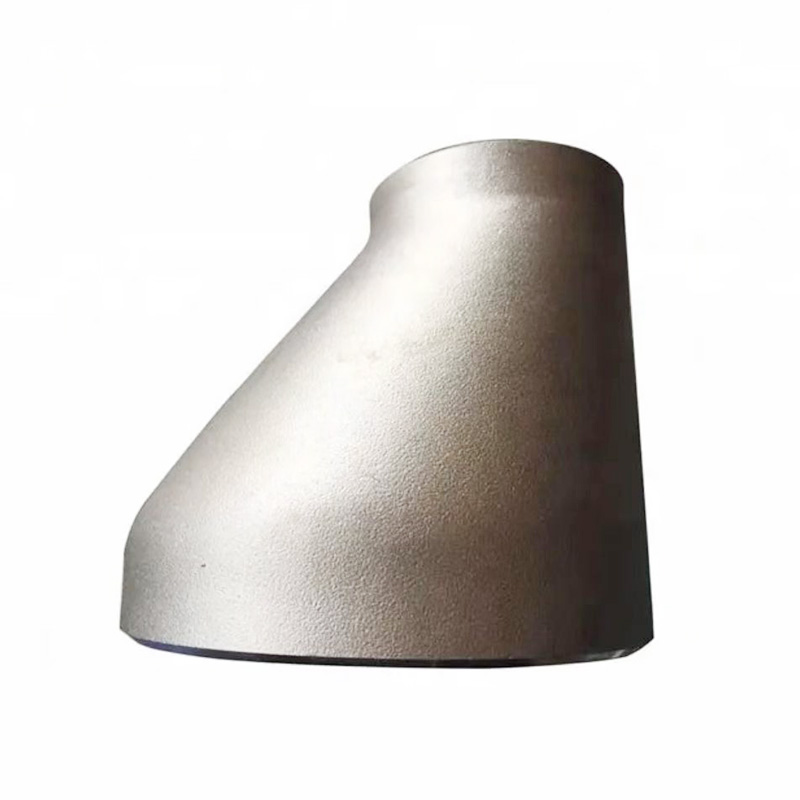
Selection of Connection Methods for Pipe Reducers
In petroleum and petrochemical piping systems, pipe reducers (大小头) are used to connect pipes of different diameters. Choosing the appropriate connection method is essential to ensure safety, durability, and system efficiency. The selection depends on factors such as pressure, temperature, pipe size, and installation conditions.
Welded Connection:
This is the most common and reliable method for connecting reducers, especially in high-pressure and high-temperature environments.
Butt Welding:
Butt-welded reducers are joined to pipes by welding the ends together. This provides a strong, permanent, and leak-proof joint. It is widely used in process piping systems, refineries, and chemical plants. It also ensures a smooth inner surface, reducing flow resistance.
Socket Welding:
Suitable for small-diameter pipes and lower pressure systems. The reducer is inserted into the socket of the pipe or fitting and then welded around the outside. It is easy to install but may create turbulence due to internal step changes in diameter.
Threaded Connection:
Threaded reducers are used in low-pressure systems and small-diameter pipelines. The reducer has internal or external threads that match the connecting pipe.
Advantages:
Easy to install and disassemble without special tools. Ideal for maintenance and small process lines.
Limitations:
Not suitable for high-pressure, high-temperature, or vibrating systems due to the risk of leakage over time.
Flanged Connection:
Flanged reducers have flanges at each end, which are bolted to the matching flanges on the connected pipes.
Advantages:
Allows easy removal and reinstallation during maintenance. Common in systems requiring frequent inspection or part replacement.
Limitations:
Bulkier and more expensive than welded connections. Requires precise alignment and sealing with gaskets.
Clamp or Grooved Connection:
Used in some modular or temporary piping systems, especially where quick installation or disassembly is needed.
Advantages:
Fast assembly and disassembly, minimal need for skilled labor, and good flexibility for system modification.
Limitations:
Generally used in low- to medium-pressure systems and requires specialized fittings.
Conclusion:
The choice of reducer connection method depends on system pressure, temperature, pipe material, maintenance needs, and installation convenience. For critical, high-performance systems, welded connections—especially butt welding—are preferred. For smaller, lower-pressure systems or where disassembly is frequent, threaded or flanged connections may be more appropriate. Proper selection ensures long-term reliability and safety of the piping network.
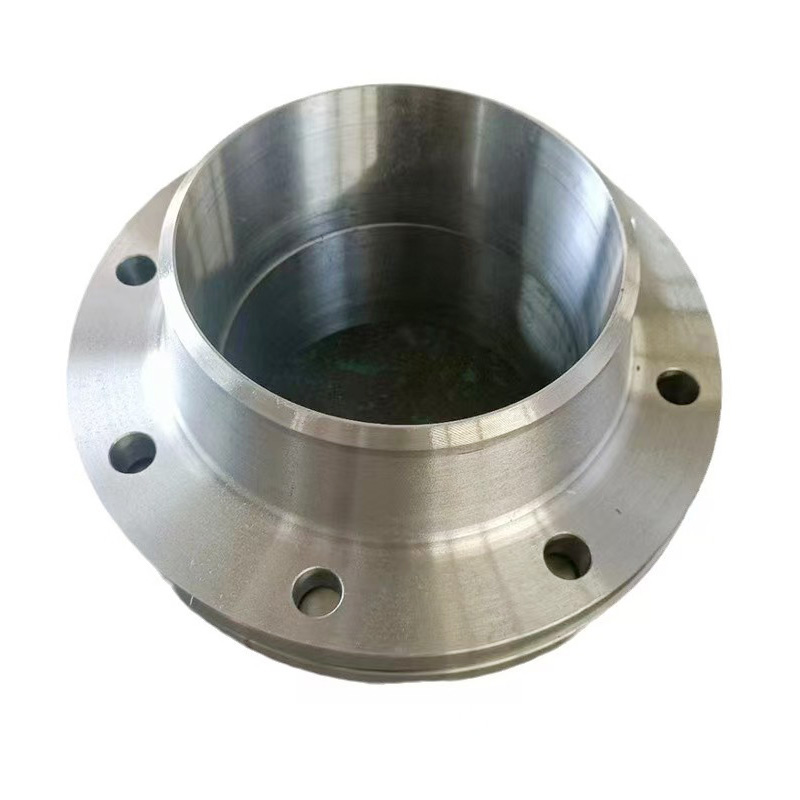
AWeld Neck Flange (WN Flange)is a type of piping flange designed to be welded to a pipe or ...
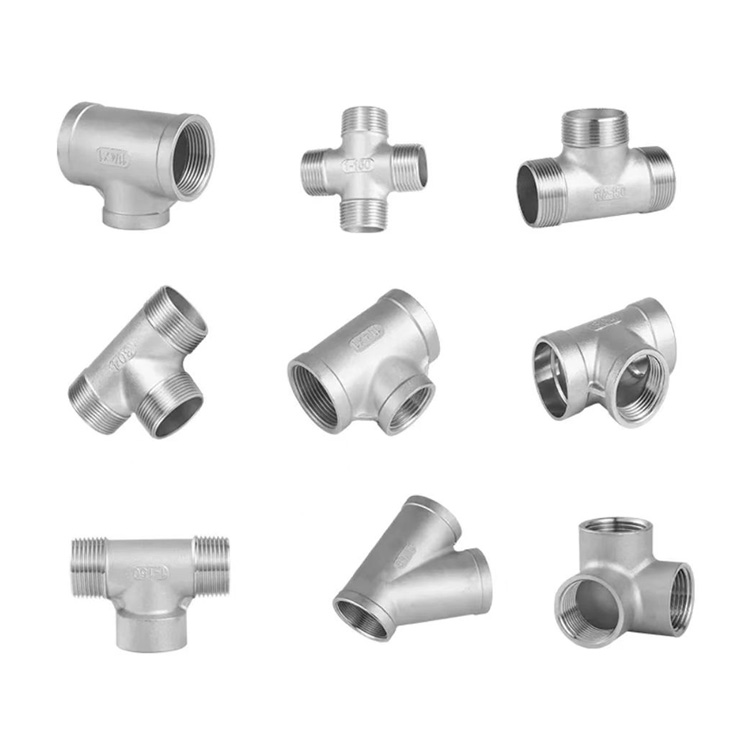
Socket fittings are essential components in piping systems, designed to connect, branch, or...
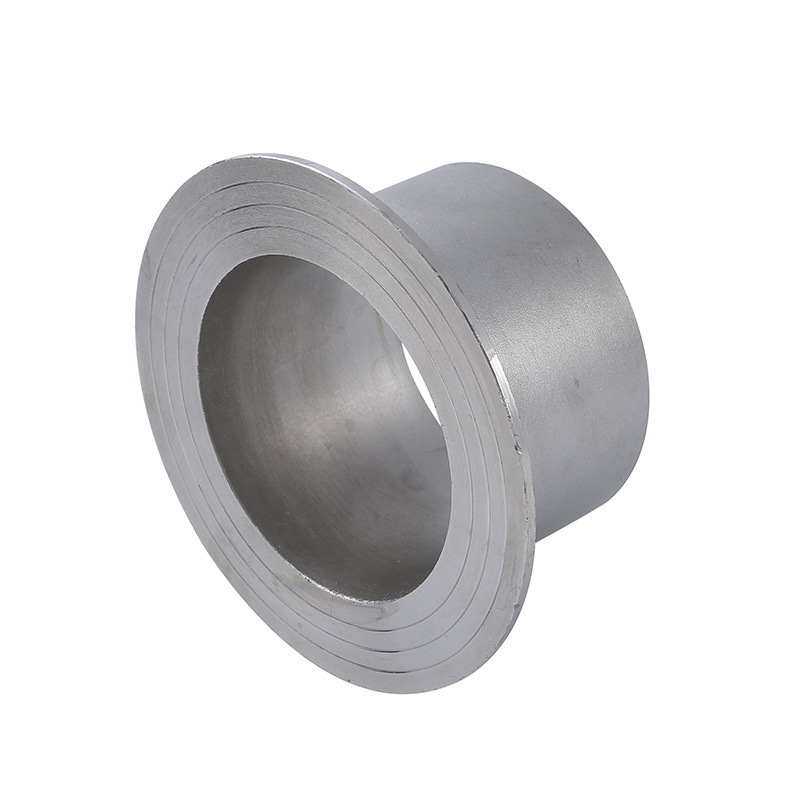
Welding ring is a commonly used metal ring component in pipeline connection or equipment do...
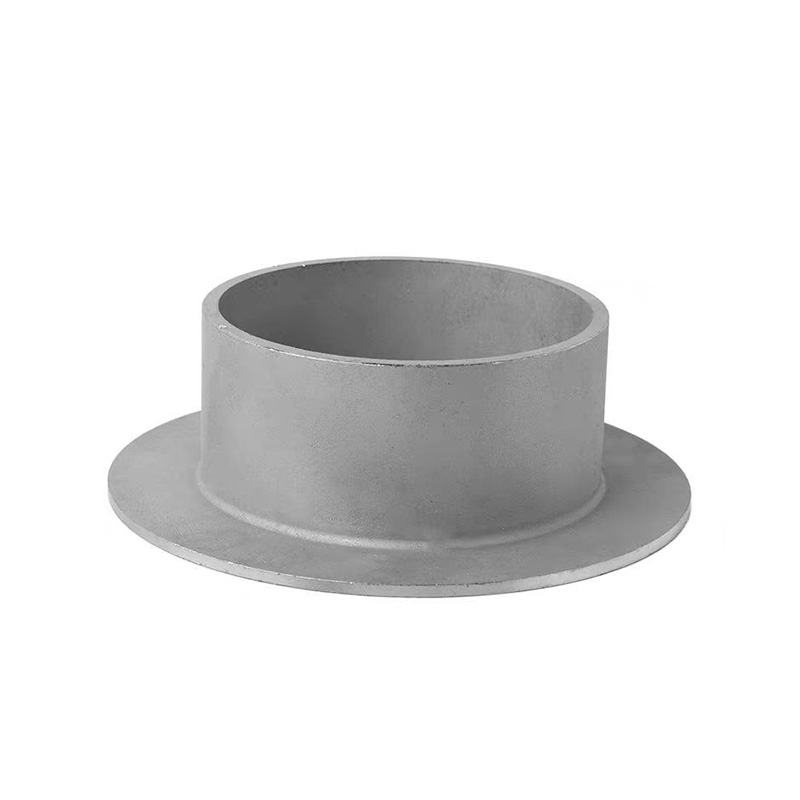
Welding ring is a pipe fitting used for pipeline connection. The following is its detailed ...






